The Cheetah is the fastest mammal on land. The Cheetah belongs to the mammals’ group and is known by the scientific name Acinonyx jubatus. The Cheetah is a carnivorous animal that has a 20-year lifespan. A well-grown cheetah weighs 77 to 143 pounds. The Cheetah is the fastest predator. A cheetah can go for 70 miles per hour and sustain the same speed for 30 seconds. It is hard for the prey to lose the catch from the Cheetah as it moves so fast. The high speed is a gift for this wild predator to make a quick move and turns the prey. Though the Cheetah cannot roar or purr like the other cat family members, it is considered the “big cat”. The Cheetah belongs to the category of vulnerable animals and is prioritised in the list. At present Cheetah is viewed as a species of endangered animal.
Diet
cheetah is an animal that entirely depends on meats; therefore, it comes into the category of predatory animals. Cheetah’s diet includes small animals like small antelopes, rabbits, and game birds. Also, the wild creatures oryx, roan, kudu, hartebeest, gazelle, springbok and impala are included in the diet.
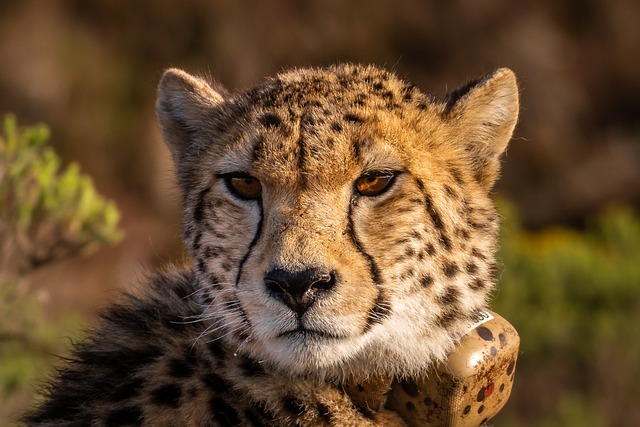
Appearance and Habitat
The Cheetah has an elegant coat which is shiny and it is covered with black spots. The patterns of the black sites are marked uniquely. The Cheetah has retractable claws like the other wild predators that help it climb trees and tear flesh from its prey. The formation of the coat differs according to the habitat. Most of the cheetah population is distributed in Eastern Africa and Southern Africa. Also, there are subspecies spread in Asia and Iran.
There are spotless cheetahs that can be found in Kenya, and Cheetahs with more significant spots and stripes can be seen in Southern Africa. The Cheetahs in the desert regions have small bodies and paler coats.
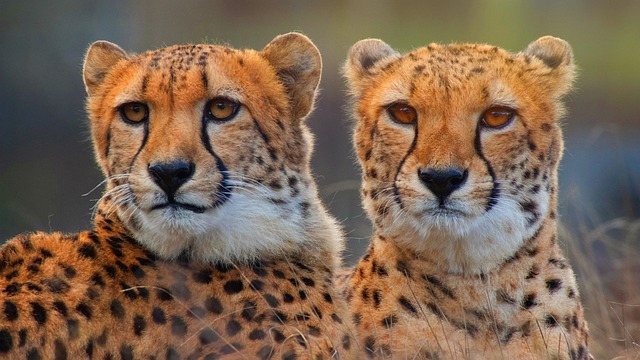
Speed
According to the records, it has been revealed that the top speed of a cheetah is between 110 to 120 kilometres per hour. And the average rate of a cheetah is 40 meters per hour. Several factors make the Cheetah a faster animal. The Cheetah has long, thin legs, a small head, and a tiny body that makes it easy to make quick moves. And make it more robust. The semi-retractable claws, footpads and blunts make it easy for the Cheetah to move fast. The 31 inches long tail makes the Cheetah stable and steer when chasing the prey; it helps the Cheetah to balance the body. The Cheetah can use the diplomatic method of keeping the paws off its four legs from the ground when running. The Cheetah has a skeletal structure, it has a flexible hip, loses shoulder and supple spine, and its body is formed like a spring for easy body movements. Cheetahs also have more significant nasal passages and enlarged lungs and hearts to inhale more oxygen and take more energy.
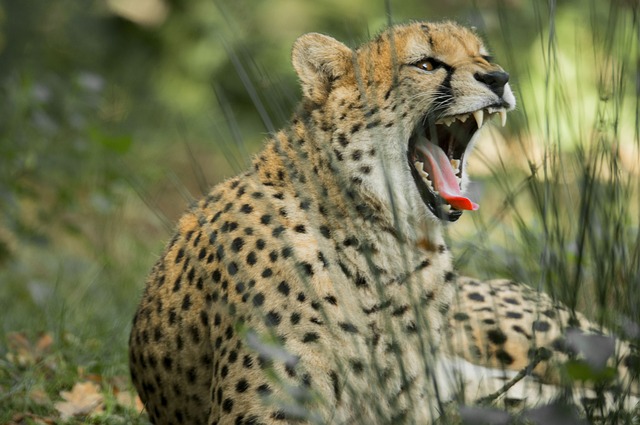
Two primary reasons make cheetahs are good hunters are as follows.
They are hunters
The Cheetah uses its speed to chase the prey and to catch its food. They often go after smaller targets and make larger prey as a group.
They Run to escape
Often cheetahs get bullied by other big cat predators like hyenas, lions, and leopards. So, to protect themselves from those predators, cheetahs make quick moves.
Lifestyle and Reproduction
The Cheetahs do not live as a group; the males and females live separately. The females typically form their herds to catch large prey while the male cheetahs live in solitude, sometimes the male cheetahs form a small group with their littermates, with two or three; the reason for them to develop such a group again catching large prey and for mating. Both female and male cheetahs mate with different partners. A female cheetah will give birth to three cubs at a time. The parents look after the cubs until they become one and a half years old. The mother teaches her cubs the hunting techniques and the different movements for one and a half years. After one and a half years, the cubs separate from the parents, but they stay as littermates for six months; after six months, the female cheetahs leave.
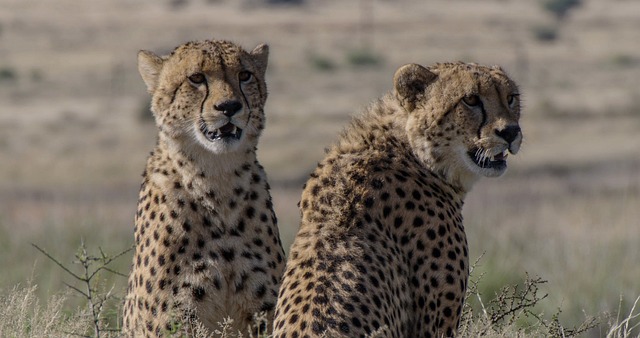
How much faster is the Cheetah?
Compared to other animals Cheetah is the fastest animal on land; let us see how much quicker a cheetah is than a human. Cheetahs are more active and can run faster than humans. It will take 38 seconds for an average man to run one meter at the speed of 9.5 kilometres per hour, while it only takes 5.95 seconds for a cheetah at the same distance at the same rate.
What are the five subspecies of Cheetah?
- Asiatic Cheetah
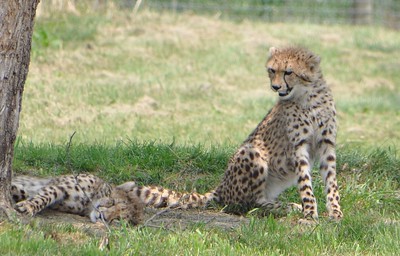
The Asiatic Cheetah is also called an Iranian Cheetah. Its scientific name of it is Acinonyx jubatus venaticus. This subspecies can only be found in Iran. According to the IUCN, this subspecies is considered a critically endangered subspecies of cheetahs. The Asiatic Cheetah appears in light fawn colour, and they have small black spots on the head and neck.
- South African Cheetah
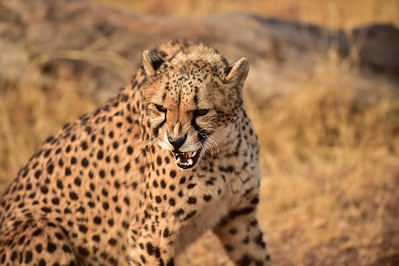
Acinonyx jubatus jubatus is the scientific name for the South African or Namibian Cheetah. The arid areas of Kalahari, grasslands of Transvaal, farmlands of Namibia and the savannahs of Okavango Delta are the most famous habitats of Namibian Cheetahs. The South African Cheetahs are the highest-distributed cheetah subspecies. The Namibian cheetahs appear in bright yellow or golden colour and have more pronounced spots on the face.
- Northwest African Cheetah
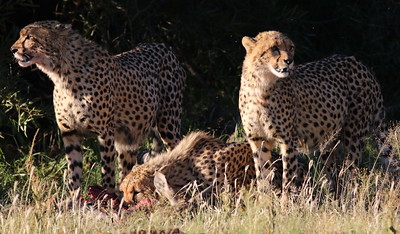
The Northwest African Cheetah is also known as the Saharan Cheeta or Senegal Cheetah. The Scientific name for the Saharan Cheeta is Acinonyx jubatus check. This subspecies is native to Northwest Africa. There are only 250 of the population of Senegal cheetahs in the world; therefore, this type is listed as an endangered subspecies by IUCN. The appearance of this subspecies is quite distinct as it has white colour fur and shorter spots on the body. There are fewer spots on the face.
- Tanzanian Cheetah
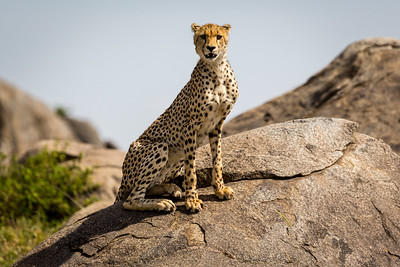
Kenyan Cheetah and East African Cheetah are used to call this Tanzanian Cheetah. This is a native subspecies of Cheetah in East Africa. The population is distributed in Uganda, Tanzania, Kenya and Somalia. The scientific name for this subspecies is Acinonyx jubatus Rainey. The Tanzanian cheetahs also get vulnerable. There are colour variations on the coats from white-yellowish to tannish colour. The Tanzanian Cheetah is the largest cheetah subspecies and the second palest subspecies in the world. The population of this type is in second place from the largest subspecies.
- Sudan Cheetah
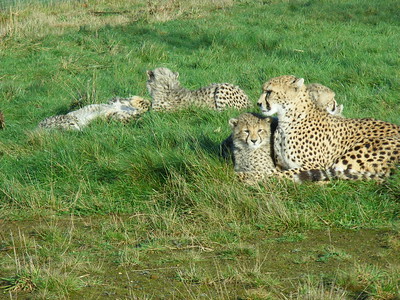
The Sudan cheetah is known by the Scientific name Acinonyx jubatus soemmeringii. The widespread habitation of this subspecies are deserts, grasslands, savannahs, and arid areas in Northeast and Central Africa. The population of Sudan cheetahs have extinct from Sudan. They are also listed in the vulnerable subspecies. The loss of habitats and smuggling are the main reasons for the threats to this species. The Sudan cheetah is Central African, Northeast African, and Somali Cheetah.


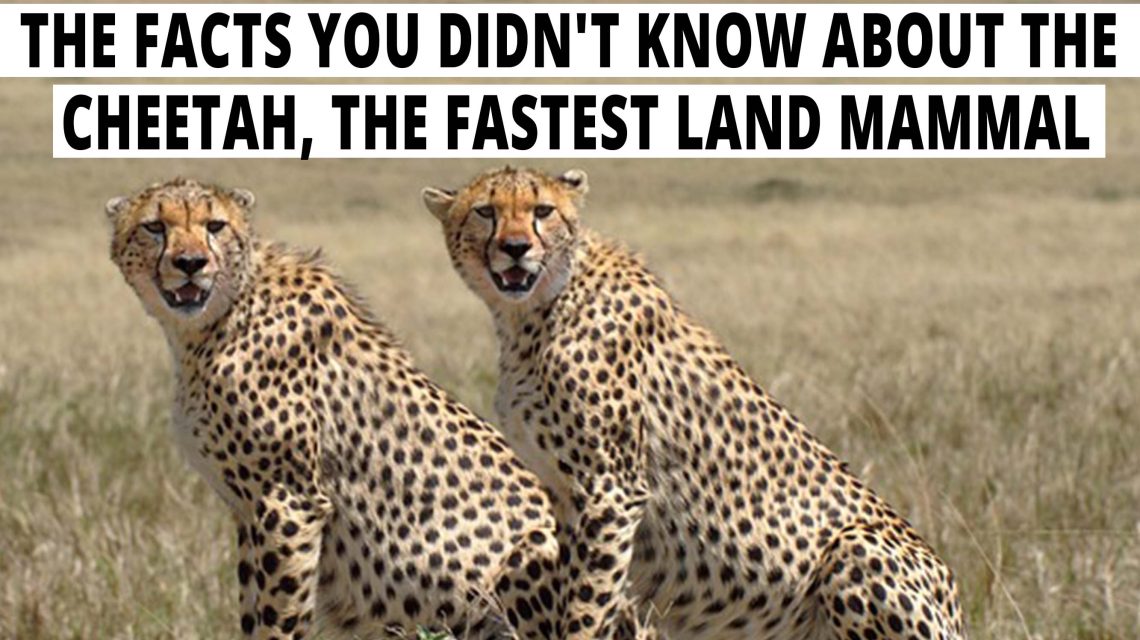
Greetings! Very useful advice in this particular article! Its the little changes that will make the biggest changes. Thanks for sharing!